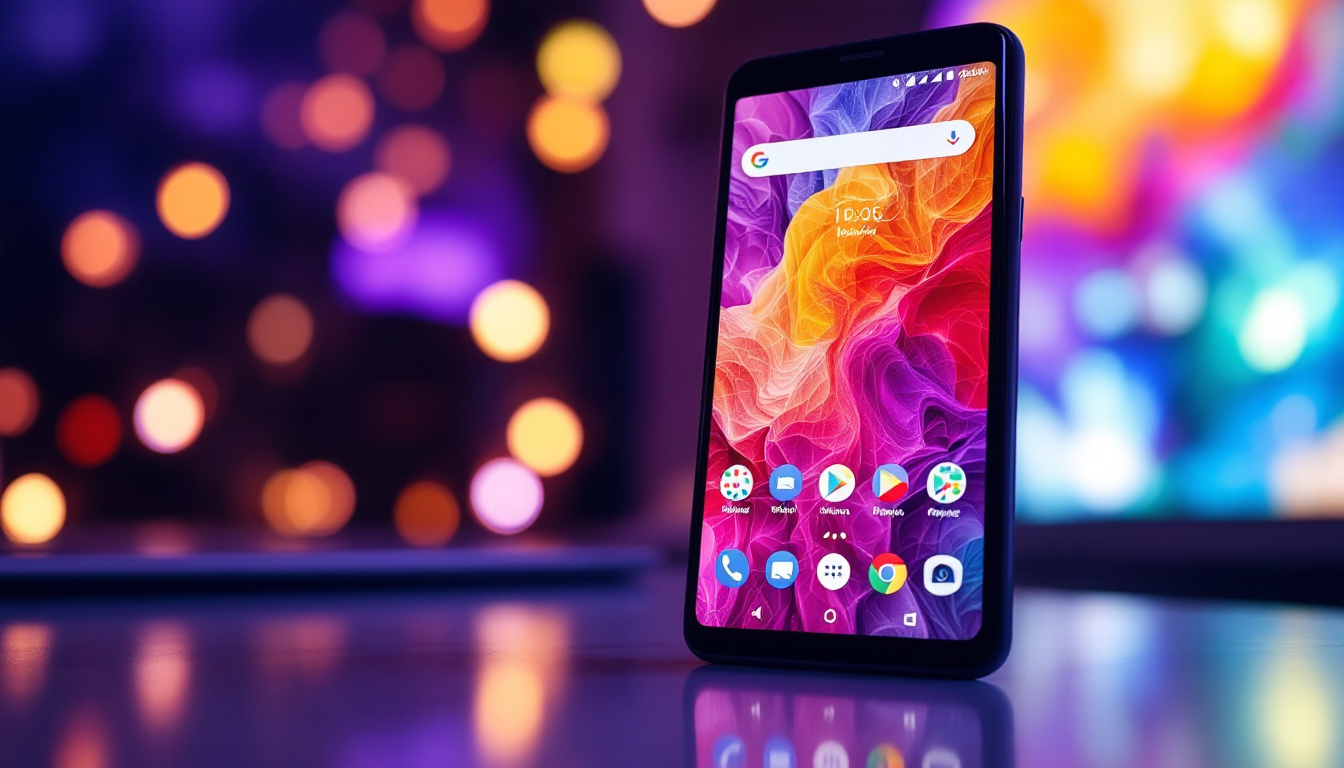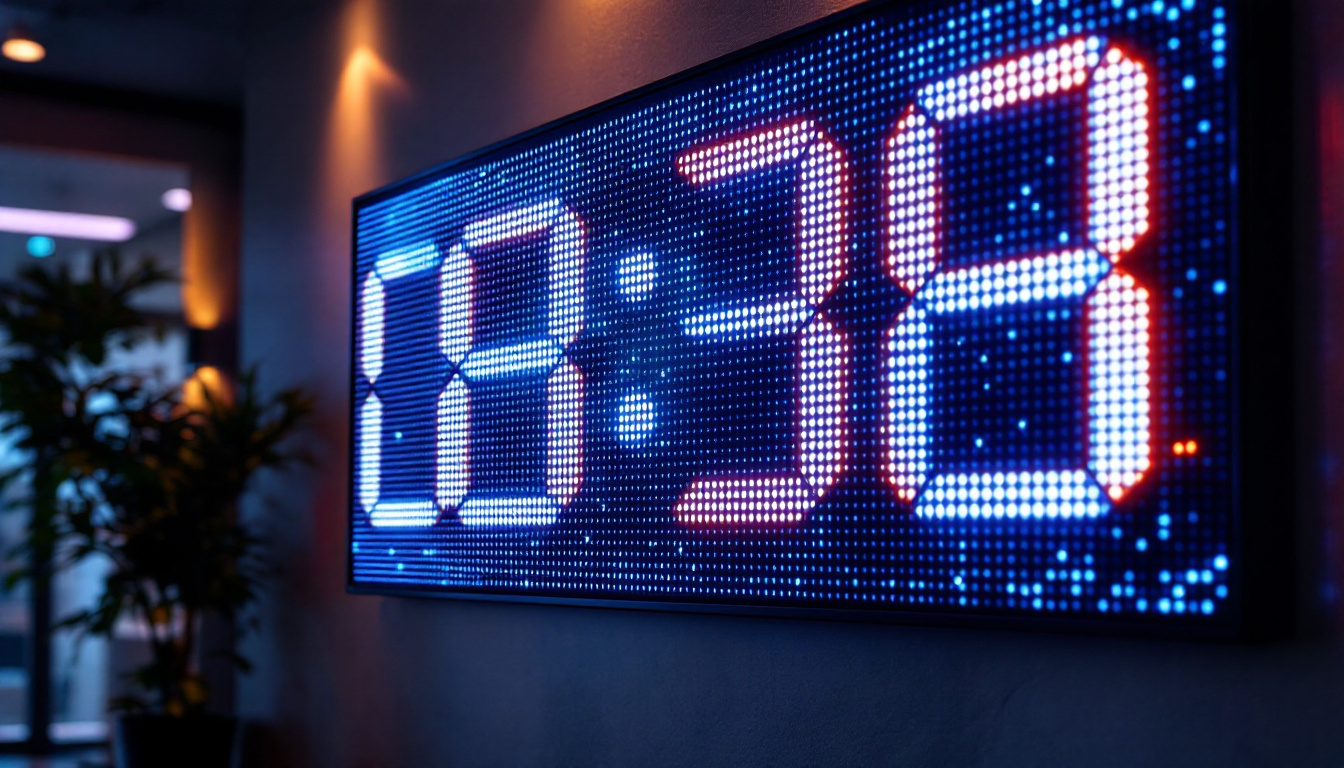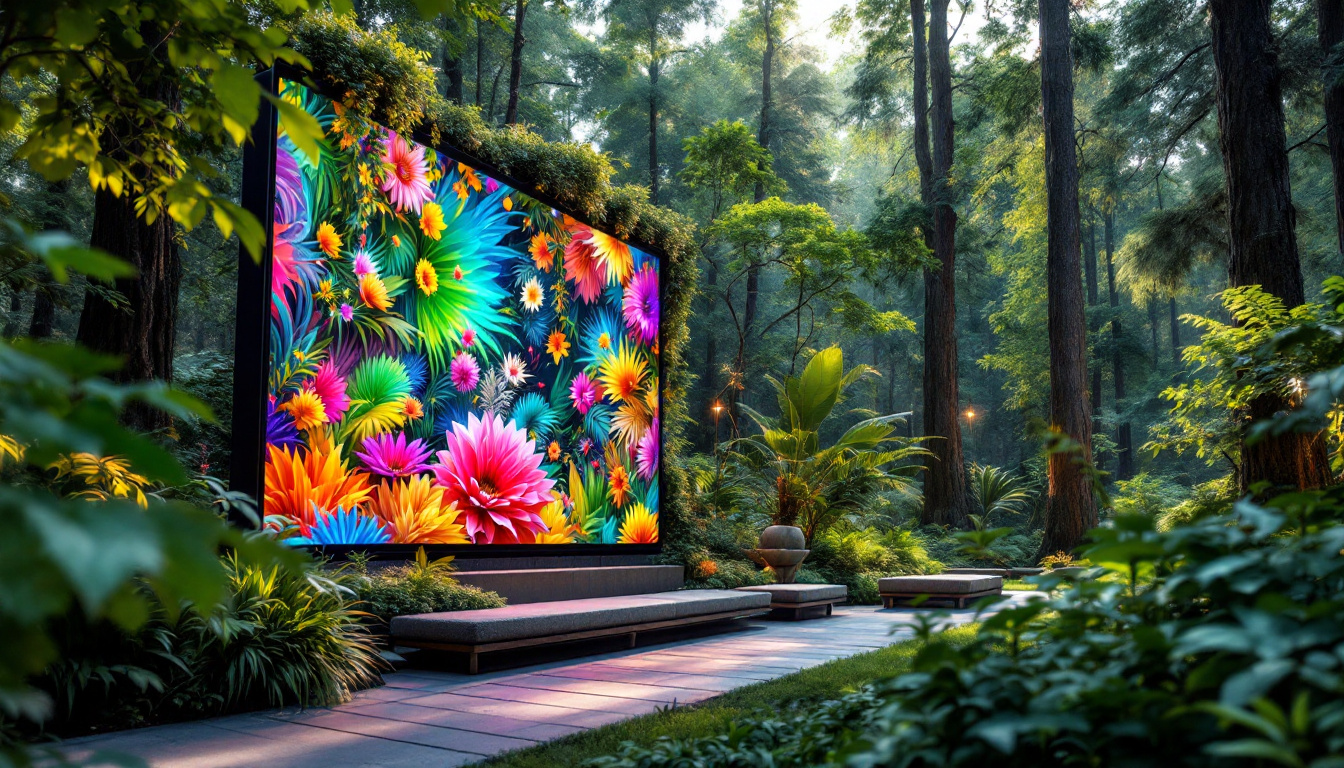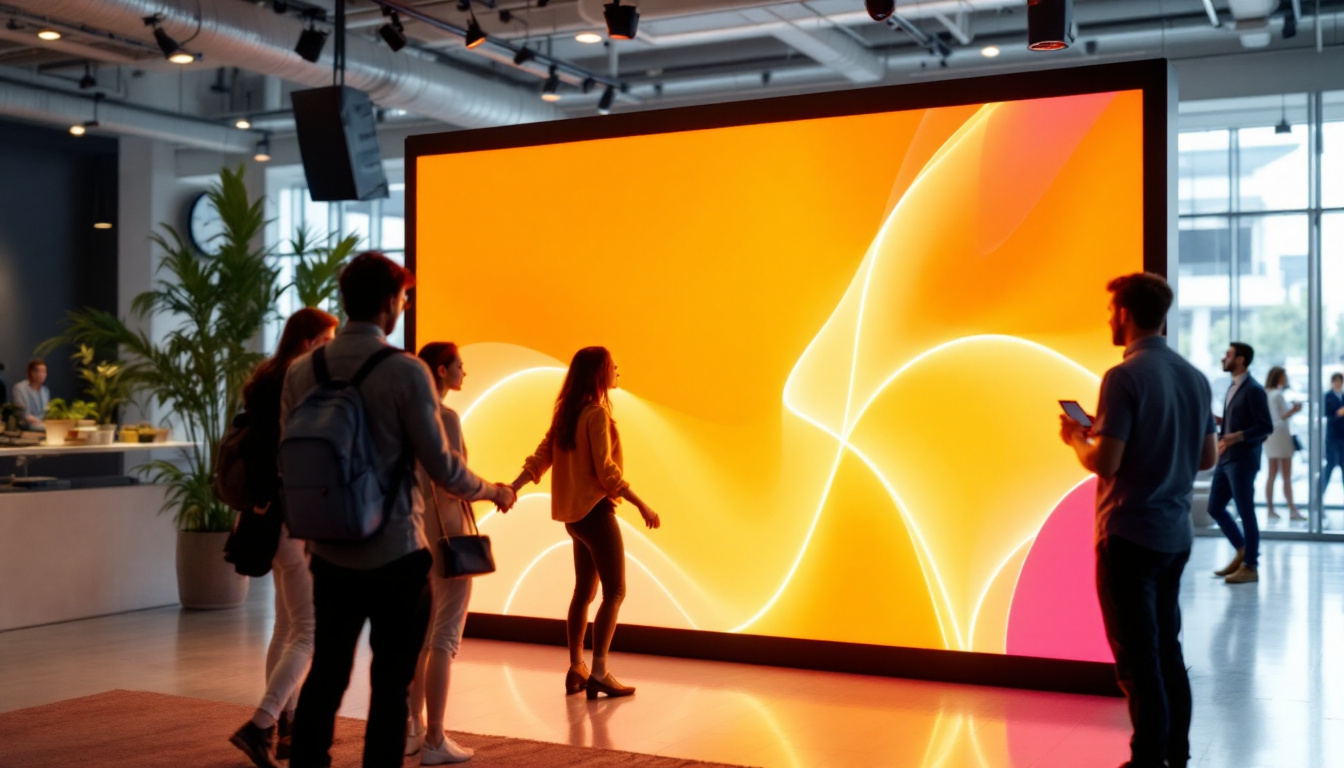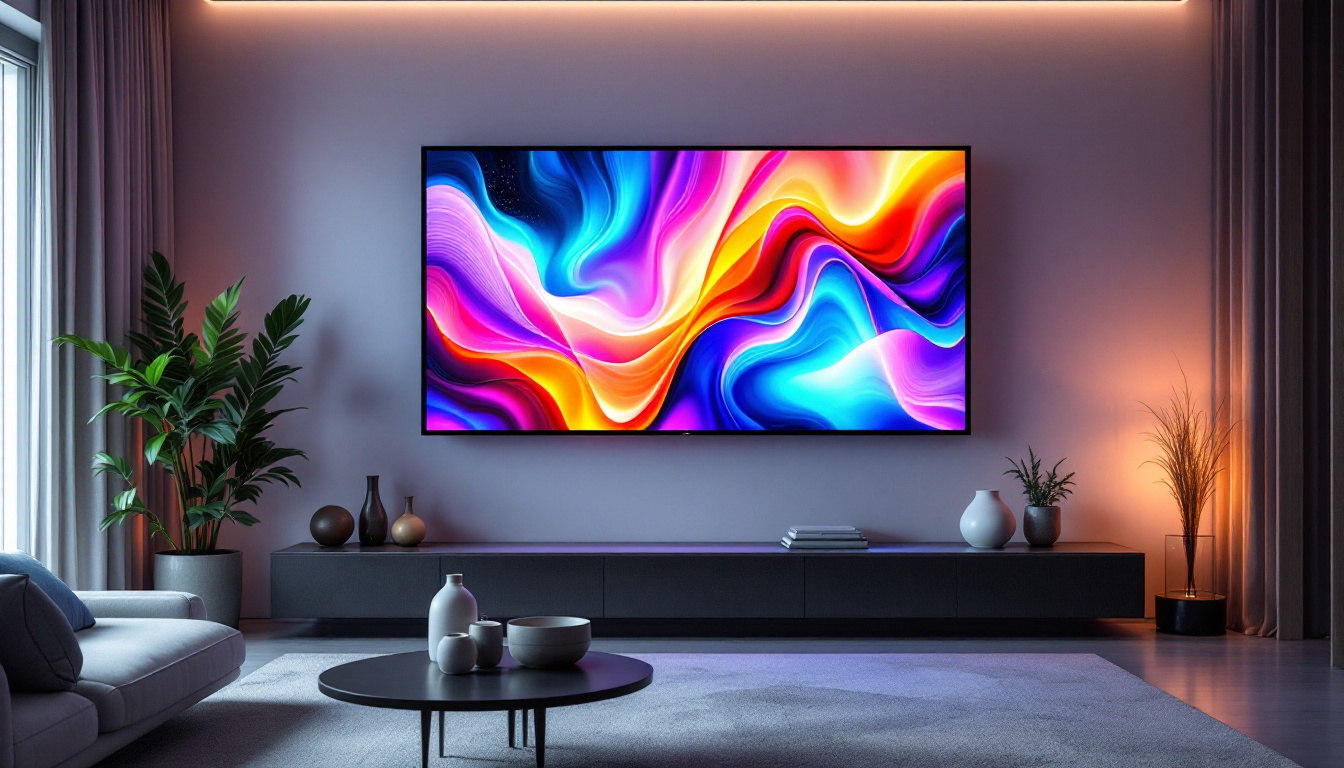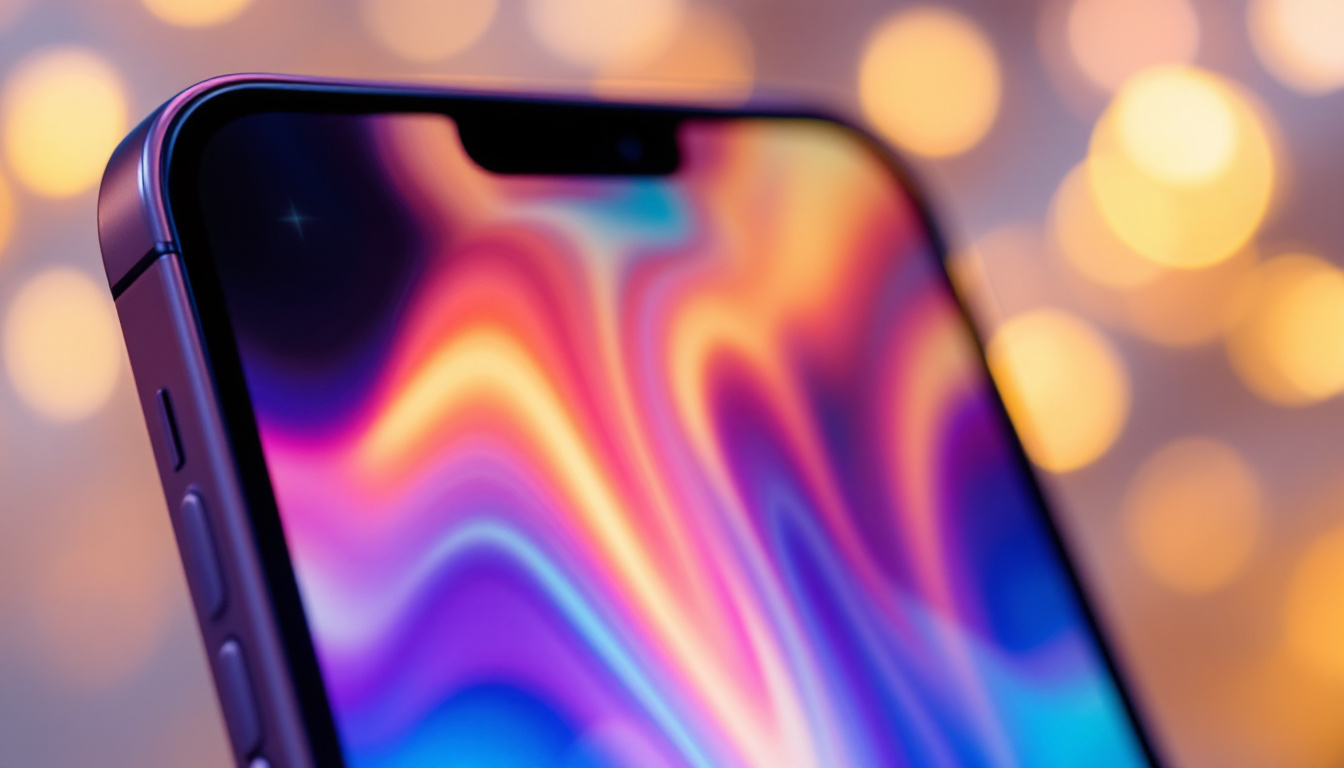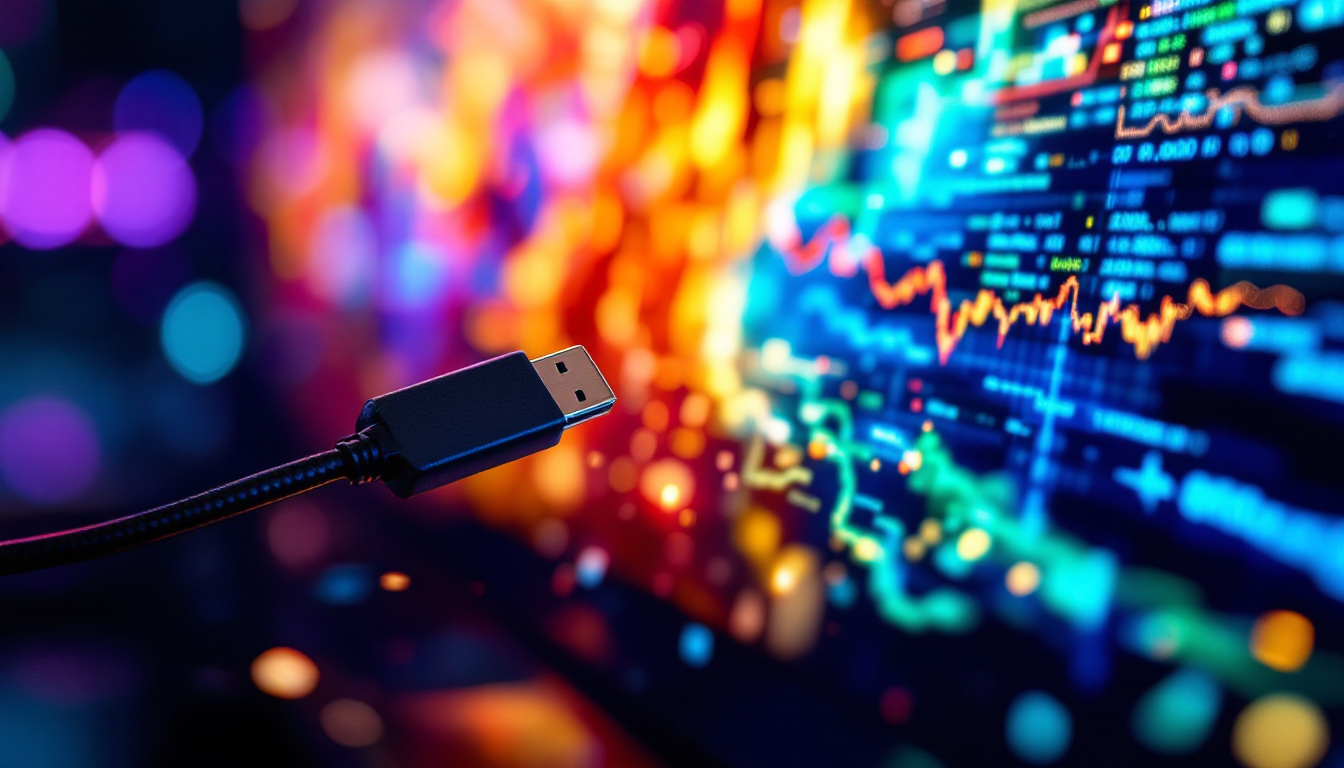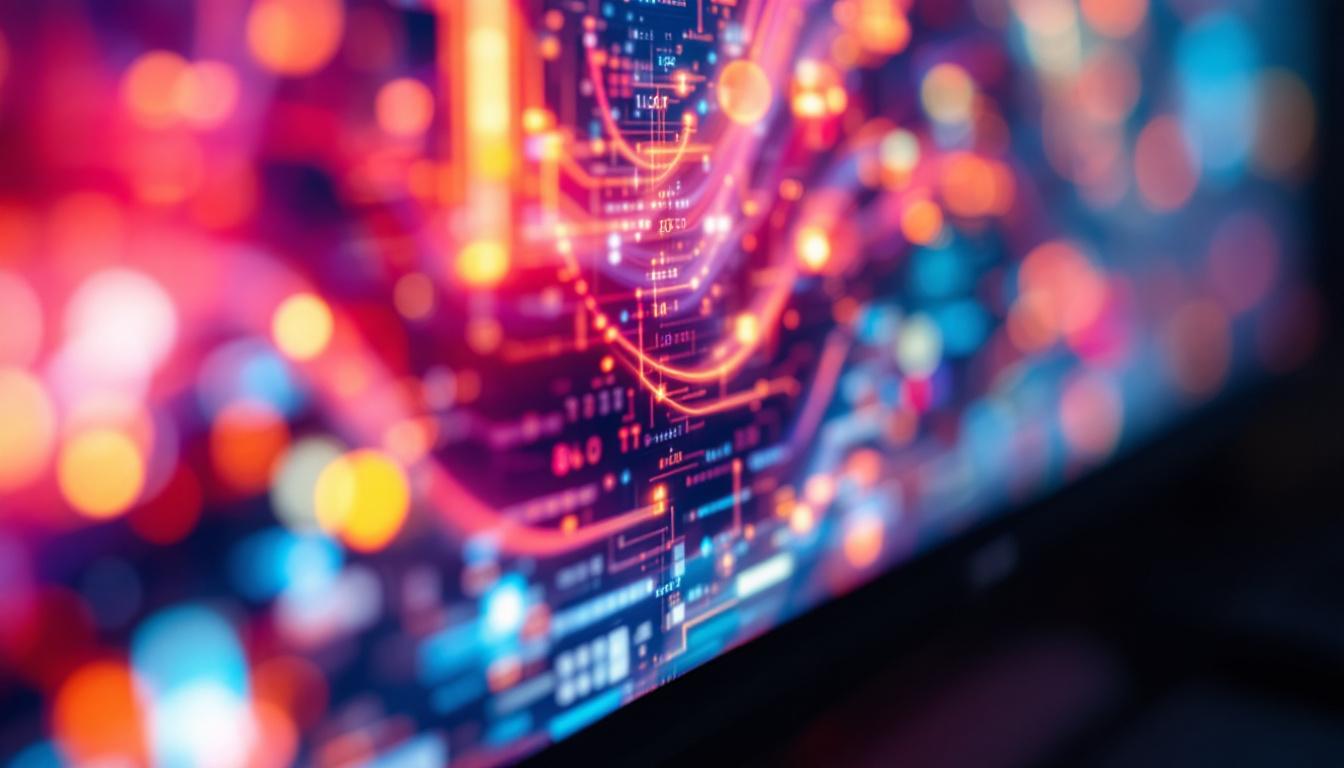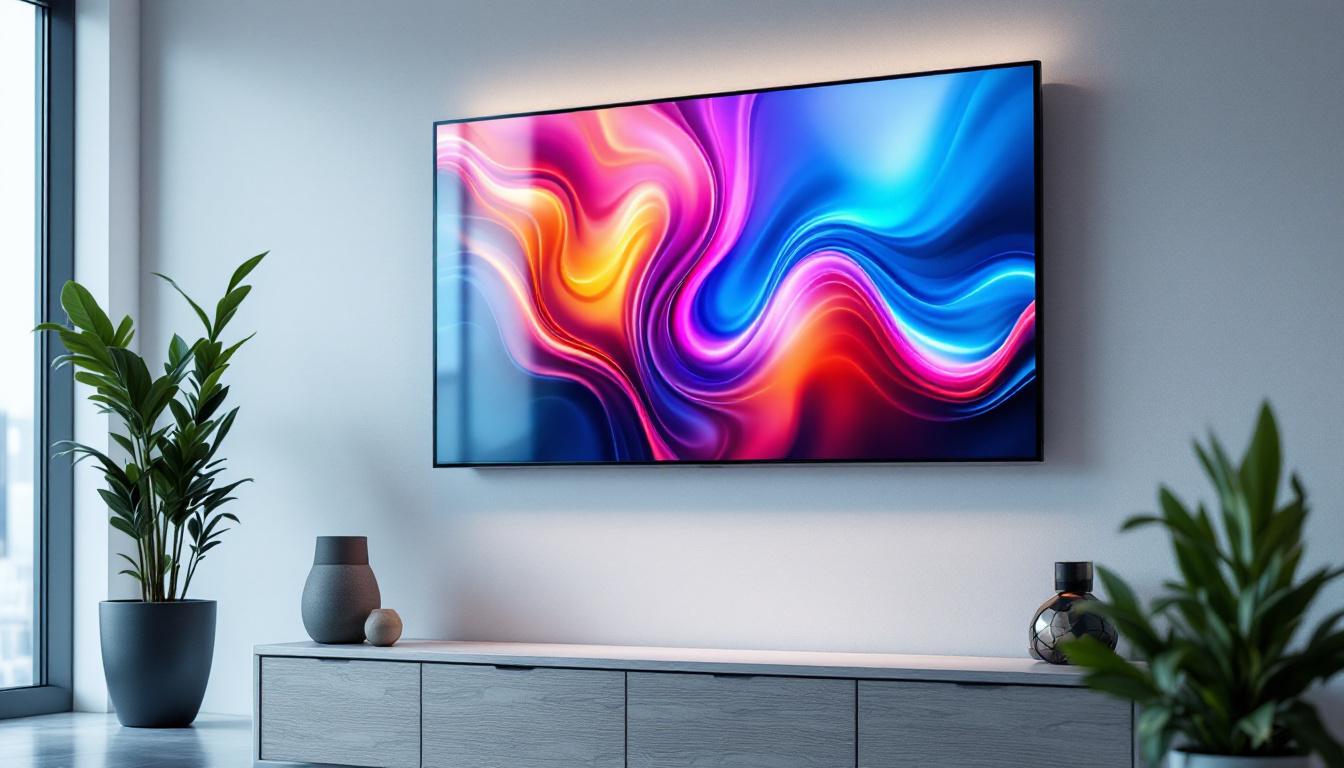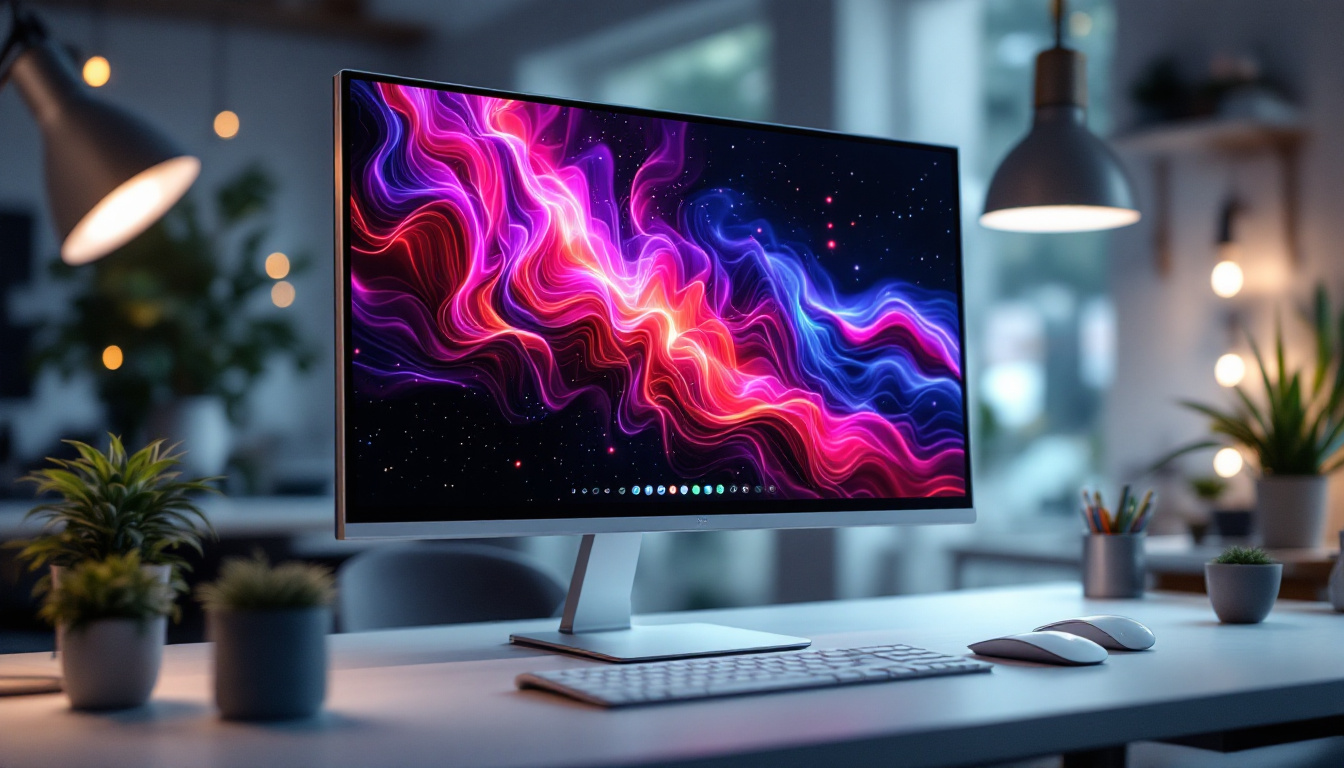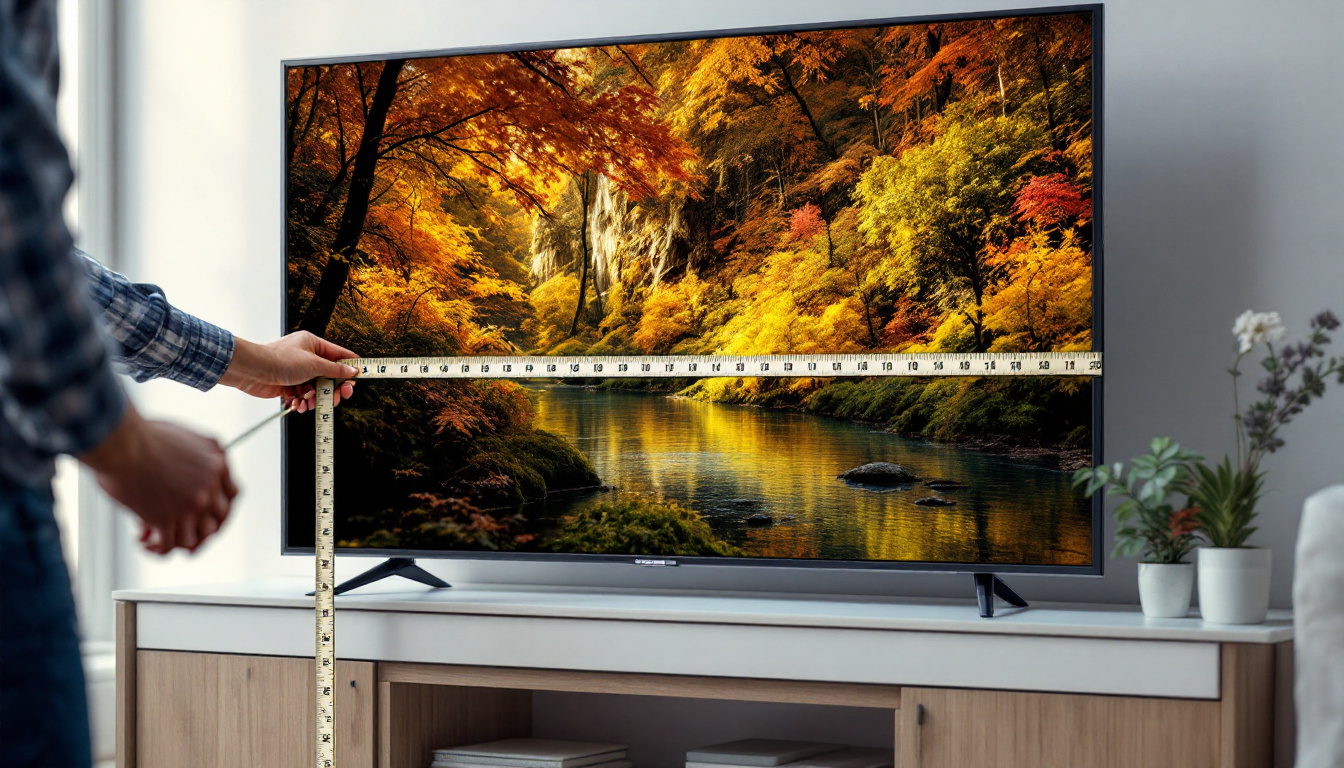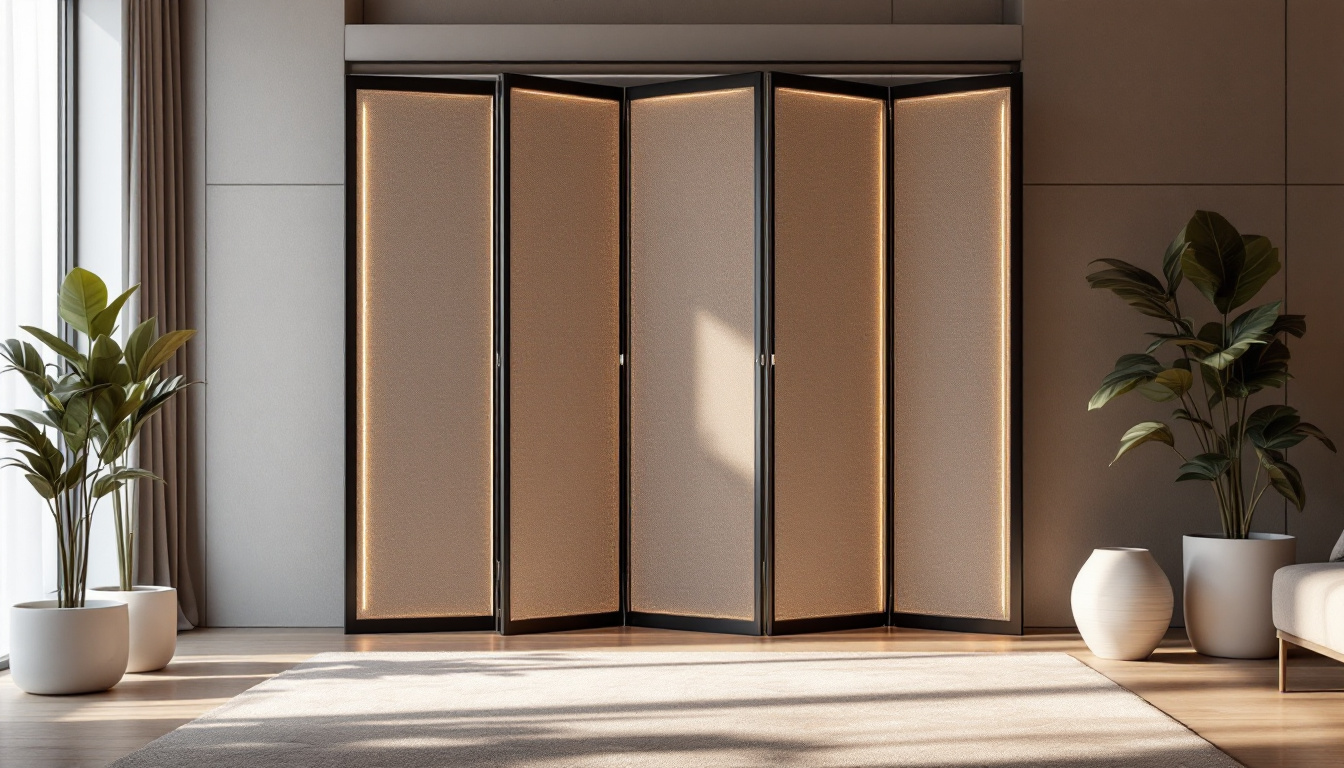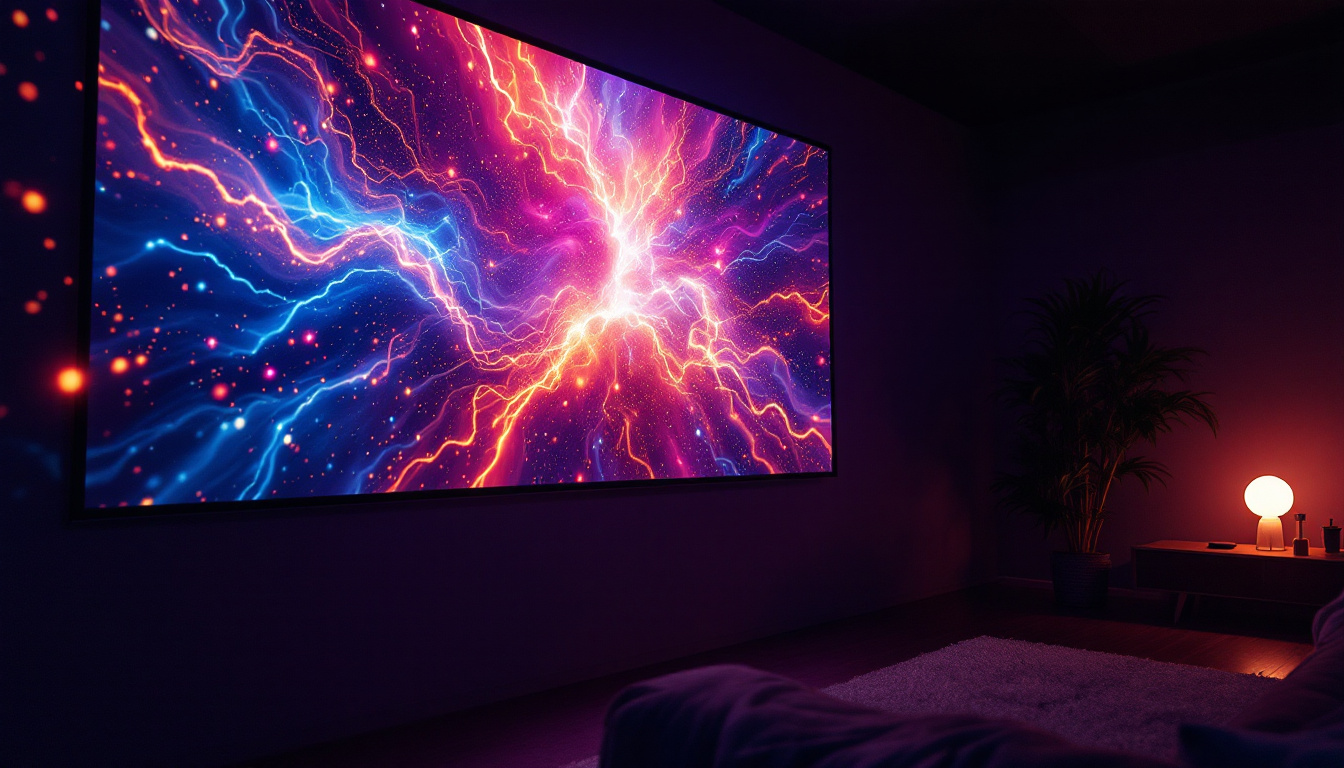The Pixel home screen setup has become a focal point for many users looking to optimize their device experience. With the integration of LED displays, the home screen is not just a functional interface but also a canvas for personalization and efficiency. This article delves into the intricacies of setting up your Pixel home screen, particularly focusing on the LED display features that enhance usability and aesthetics.
Understanding LED Displays on Pixel Devices
LED displays have revolutionized how users interact with their devices. The vibrant colors, sharp contrasts, and energy efficiency make them a popular choice for smartphones, including the Pixel series. Understanding how these displays work and their capabilities can significantly enhance the user experience.
What is an LED Display?
LED, or Light Emitting Diode, displays utilize semiconductor technology to produce light. Unlike traditional LCD screens that require a backlight, LED displays emit their own light, resulting in brighter images and deeper blacks. This technology allows for thinner screens and improved battery life, making it ideal for mobile devices. The integration of advanced technologies, such as OLED (Organic Light Emitting Diode), further enhances the display quality by allowing for individual pixel illumination, which contributes to an even wider color gamut and better contrast ratios. This means that users can enjoy a more immersive viewing experience, whether they are watching videos, playing games, or browsing photos.
Benefits of LED Displays on Pixel Devices
Pixel devices equipped with LED displays offer numerous advantages. Firstly, the color accuracy and vibrancy are unparalleled, making photos and videos look stunning. Secondly, the energy efficiency of LED technology means that users can enjoy longer usage times without frequent recharging. Finally, the responsiveness of LED displays enhances touch interactions, providing a smoother user experience. Additionally, the durability of LED displays is noteworthy; they are less prone to screen burn-in compared to older technologies, ensuring that the display remains clear and vibrant over time. Furthermore, many Pixel devices utilize adaptive brightness technology, which automatically adjusts the screen’s brightness based on ambient light conditions, optimizing visibility and comfort for the user in various environments. This feature not only enhances usability but also contributes to energy savings, making the overall experience more efficient and enjoyable.
Customizing Your Pixel Home Screen
Customization is key to making your Pixel home screen uniquely yours. From widgets to wallpapers, the options are vast. Understanding how to leverage these features can transform your device into a personalized tool that reflects your style and meets your needs.
Choosing the Right Wallpaper
The wallpaper sets the tone for your home screen. Pixel devices allow users to select from a variety of dynamic and static wallpapers. Opting for a high-resolution image can take full advantage of the LED display’s capabilities, showcasing vibrant colors and sharp details. Additionally, users can choose live wallpapers that change over time, adding an interactive element to the home screen. For those who want to go a step further, creating a custom wallpaper using personal photos or artwork can evoke cherished memories or inspire creativity every time you unlock your phone. There are also apps available that can help you design unique wallpapers tailored to your preferences, allowing for a truly one-of-a-kind look.
Utilizing Widgets for Quick Access
Widgets are an essential feature for enhancing productivity on the Pixel home screen. They provide at-a-glance information and quick access to apps without the need to open them. For instance, a weather widget can display current conditions and forecasts, while a calendar widget can show upcoming events. Customizing widget sizes and placements allows users to create a layout that best suits their daily routines. Moreover, the Pixel’s integration with Google Assistant means that users can add voice-activated widgets that allow for hands-free control of various functions, from setting reminders to controlling smart home devices. This seamless integration not only boosts efficiency but also enhances the overall user experience, making everyday tasks easier and more enjoyable.
Setting Up LED Notifications
One of the standout features of Pixel devices is the LED notification system. This functionality ensures that users never miss important alerts, even when the screen is off. Understanding how to configure these notifications can streamline communication and enhance the overall user experience. The LED notifications not only provide a visual cue but also add a layer of personalization to your device, allowing you to express your style through the colors and patterns you choose.
Enabling LED Notifications
To enable LED notifications, navigate to the settings menu on your Pixel device. Under the “Display” section, users can find options to customize notification settings. This includes choosing which apps can trigger LED notifications and selecting the colors associated with different alerts. Customizing these settings can help prioritize notifications based on urgency and importance. Additionally, users can explore advanced options, such as setting specific notification patterns or durations, ensuring that alerts are not only seen but also felt in a way that suits their lifestyle.
Understanding Notification Colors
The color of the LED notifications can convey different meanings. For instance, a green light might indicate a new message, while a red light could signify a missed call. By assigning specific colors to various apps, users can quickly assess their notifications at a glance, making it easier to manage communications effectively. Furthermore, some users may choose to create a color-coding system that aligns with their daily routines; for example, using blue for work-related apps and yellow for social media notifications. This thoughtful organization can significantly reduce the time spent checking the device, allowing for a more focused and productive day.
Moreover, the LED notification system can also be a helpful tool for managing distractions. By setting certain colors to signify lower priority alerts, users can decide when to engage with their devices and when to remain undisturbed. This feature is especially beneficial in professional settings or during personal downtime, where maintaining focus is crucial. As you explore these options, consider how the LED notifications can not only improve your responsiveness but also contribute to a more balanced digital lifestyle.
Optimizing Home Screen Layout
The layout of the home screen plays a crucial role in usability. An organized and intuitive layout can enhance productivity and make navigation seamless. Here are some tips for optimizing the home screen layout on Pixel devices.
Arranging Apps for Efficiency
Grouping similar apps together can significantly improve accessibility. For example, placing social media apps in one folder and productivity tools in another allows for quicker navigation. Additionally, frequently used apps can be placed on the main screen for easy access, reducing the time spent searching for them.
Using Folders to Declutter
Creating folders is an effective way to declutter the home screen. By dragging and dropping apps into folders, users can keep their home screen organized while still having access to all their essential tools. This not only enhances the visual appeal but also makes it easier to find apps quickly.
Advanced Features of Pixel Home Screen
Beyond basic customization, Pixel devices offer advanced features that can further enhance the home screen experience. These features leverage the capabilities of the LED display and the overall functionality of the device.
Dynamic Display Features
dynamic display features allow the home screen to adapt based on user behavior. For instance, the Pixel device can learn which apps are used most frequently and adjust the layout accordingly. This intelligent design ensures that the most relevant apps are always within reach, enhancing efficiency.
Interactive Elements on the Home Screen
Interactive elements, such as Google Assistant integration, can elevate the home screen experience. Users can access Google Assistant directly from the home screen, allowing for quick voice commands and information retrieval. This hands-free functionality is particularly useful when multitasking or when the device is in use.
Maintaining Your Pixel Home Screen Setup
Once the home screen is set up to perfection, maintaining its functionality and appearance is essential. Regular updates and tweaks can ensure that the setup remains relevant and efficient.
Regularly Updating Apps
Keeping apps updated is crucial for maintaining optimal performance and security. Regular updates often include new features and improvements that can enhance the home screen experience. Users should enable automatic updates or periodically check for updates in the Google Play Store to ensure they are using the latest versions of their apps.
Refreshing the Home Screen Layout
As preferences and needs change, it’s important to refresh the home screen layout periodically. This could involve changing wallpapers, rearranging apps, or even adding new widgets. A fresh layout can reinvigorate the user experience and keep the device feeling new and exciting.
Conclusion
The Pixel home screen setup, particularly with the integration of LED display technology, offers a unique opportunity for personalization and efficiency. By understanding the features available and leveraging them effectively, users can create a home screen that not only meets their needs but also reflects their individual style. From customizing wallpapers and widgets to optimizing layouts and maintaining the setup, every aspect contributes to a seamless user experience. Embracing these features can transform a standard home screen into a dynamic and engaging interface that enhances daily interactions with the device.
In a world where smartphones are an extension of ourselves, taking the time to set up the Pixel home screen thoughtfully can make a significant difference in usability and satisfaction. Whether you are a new Pixel user or a seasoned veteran, exploring the capabilities of your device can lead to a more enjoyable and productive mobile experience.
Discover LumenMatrix LED Display Solutions
Ready to take your Pixel home screen and visual experience to the next level? LumenMatrix is at the forefront of LED display innovation, offering a wide array of solutions that can transform any space into a vibrant canvas of light. Whether you’re looking to enhance brand visibility with an Indoor LED Wall Display, captivate passersby with an Outdoor LED Wall Display, or create a unique visual experience with Custom LED Displays, LumenMatrix has the technology to bring your vision to life. Don’t just settle for the ordinary; check out LumenMatrix LED Display Solutions today and see how you can make an impactful statement with clarity and color.

